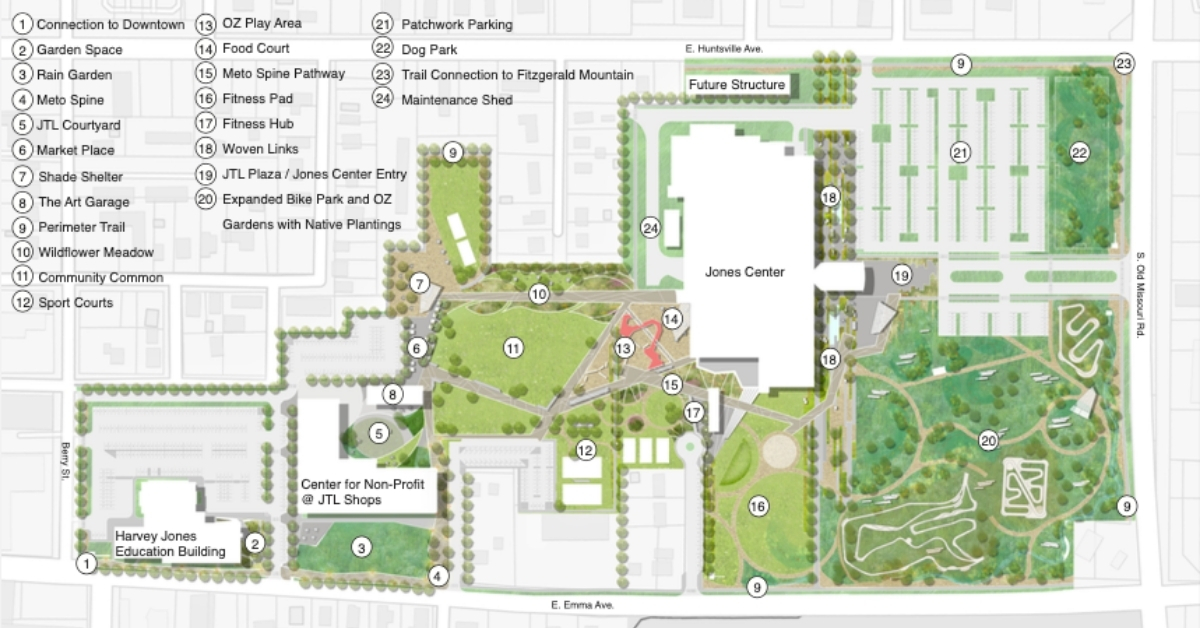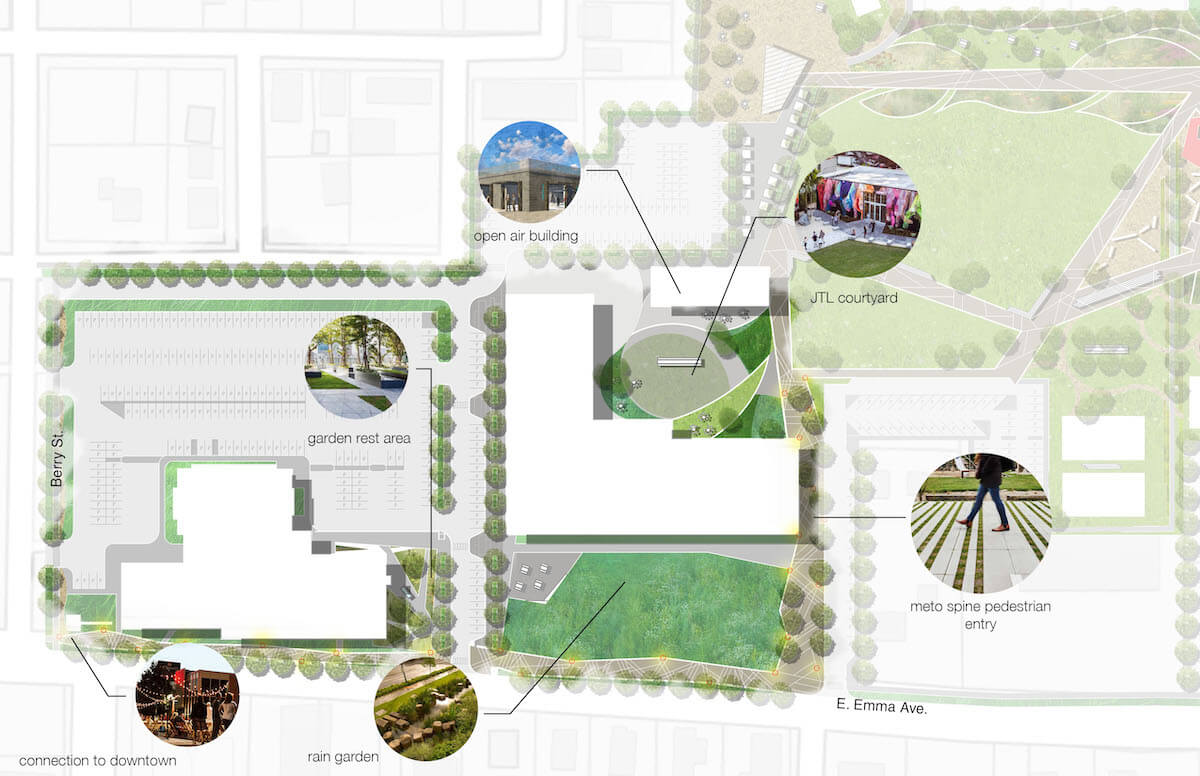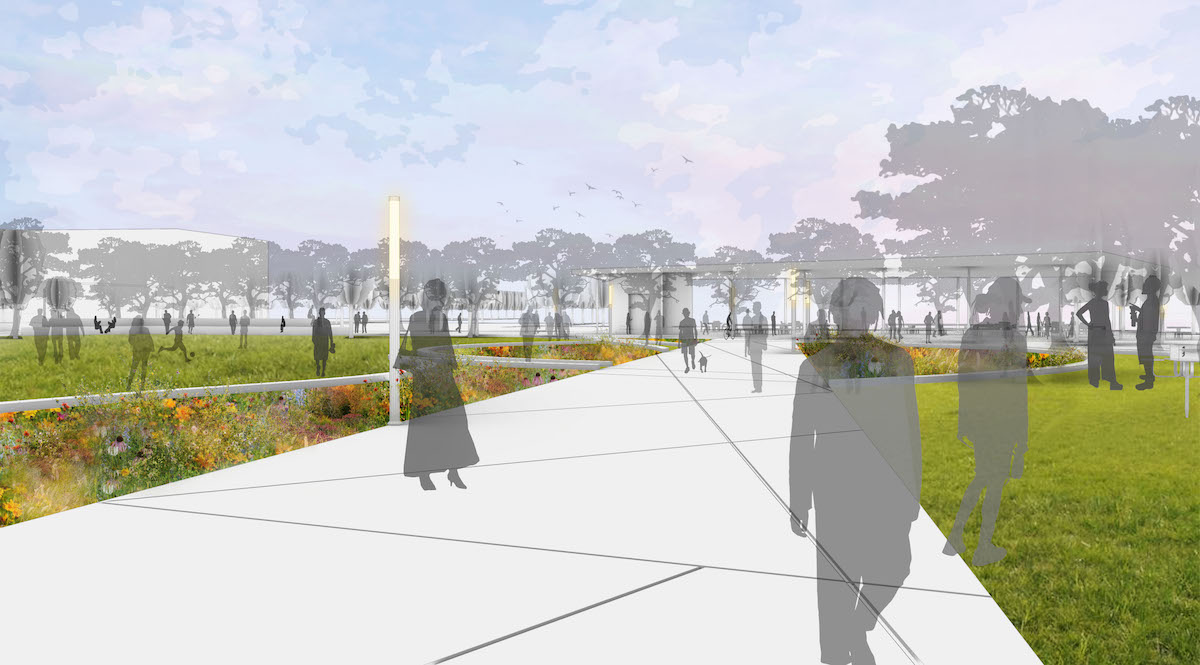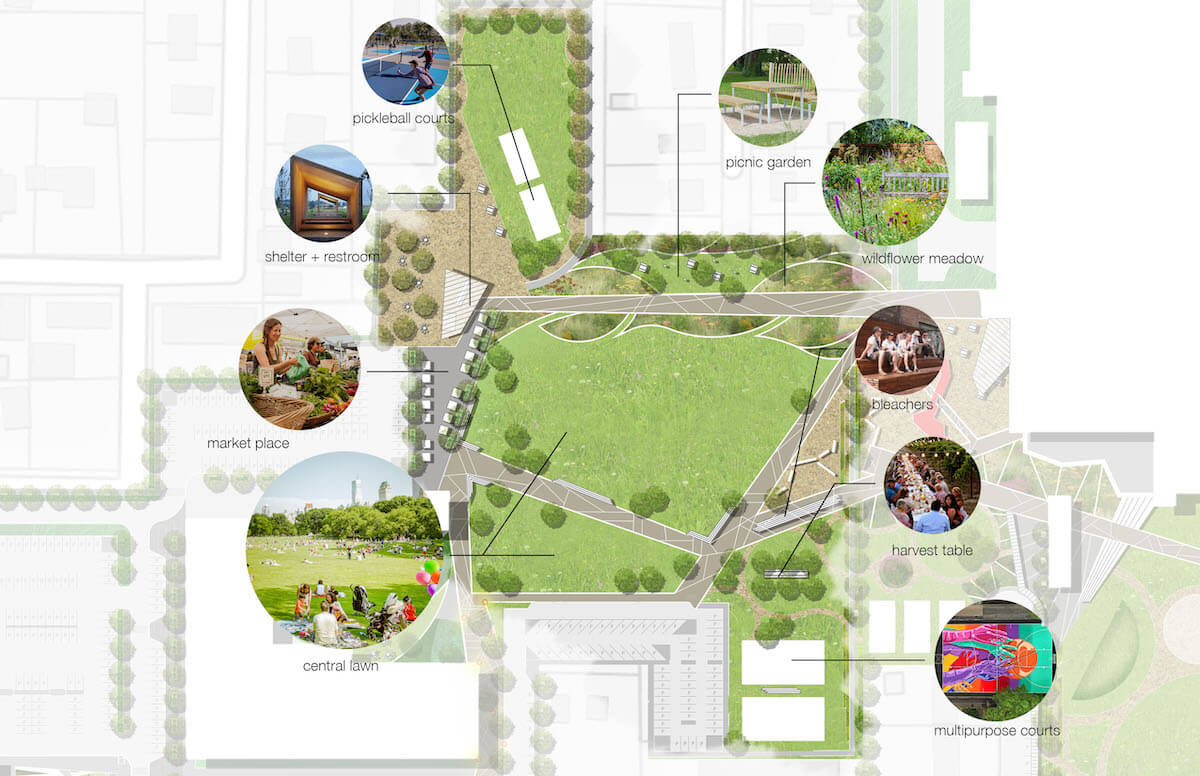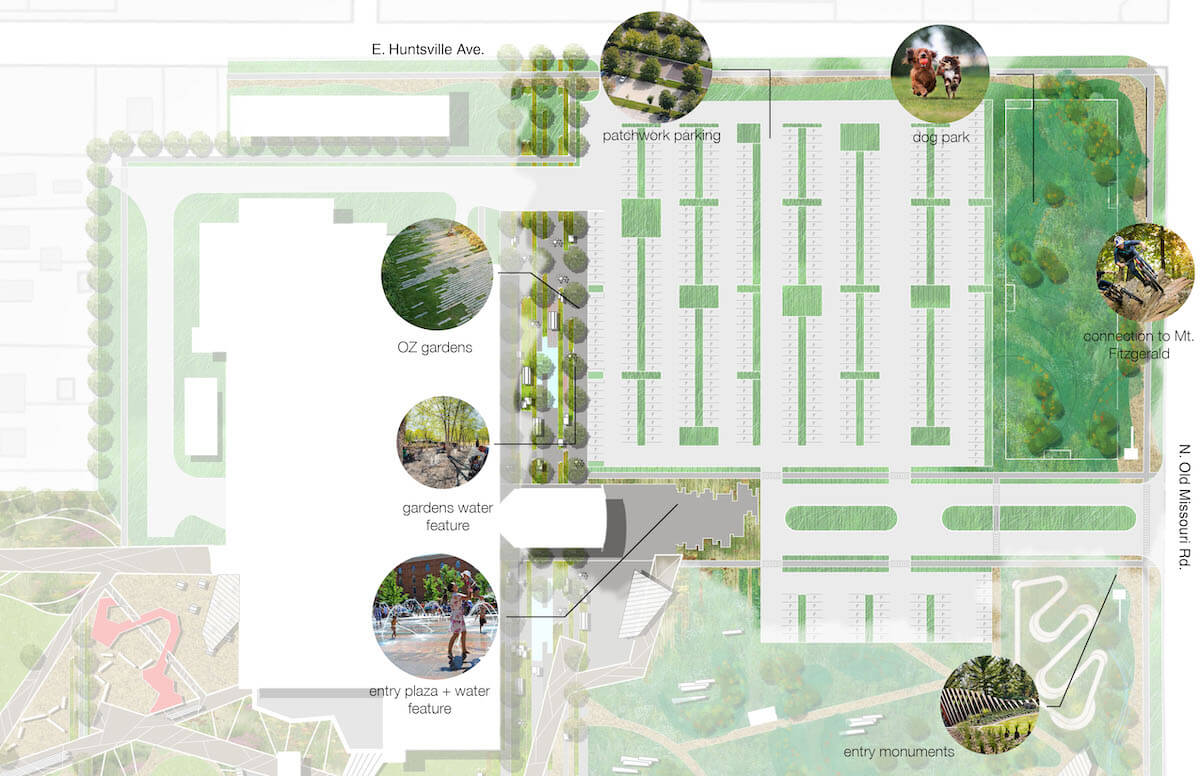Throughout the years, Harvey and Bernice became a driving force in the region, generously supporting education and healthcare among their projects. Their most lasting legacy – The Jones Center – is a recreation, education, and event center for families located in downtown Springdale, Arkansas. Founded with the core mission of strengthening the community by serving families and nonprofits to enrich lives and celebrate all cultures, the Jones Campus is a regional destination where families, and those who serve them can collaborate and thrive. The Jones Campus includes the Center for Non-Profit @ the JTL Shops, home to more than forty nonprofit organizations serving Northwest Arkansas by providing affordable, professional office and meeting space, and the Harvey Jones Education Building.
#JonesCenterCampusVision
#JonesCampusVision
Executive Summary
Executive Summary
Executive Summary
Executive Summary
Executive Summary
Gifted to the community of Springdale and Northwest Arkansas 25 years ago, The Jones Center and its 52-acre campus is the embodiment of the community first philosophy of Harvey and Bernice Jones.
Re-imagining the Jones Campus
The project purpose is to create a vision for the 52-acre site to modernize and re-imagine the Jones Campus to remain relevant in the ever- changing Northwest Arkansas Region. The project will create an attractive destination that ties into the spine of the Razorback Greenway Trails System as well as planned trail connections to Fitzgerald Mountain and Lake Fayetteville; attract a new generation to the Jones Campus and continue to serve a diverse demographic of the Northwest Arkansas population; elevate The Jones Center’s core indoor recreation amenities with sustainability in mind while complimenting and blending with the Springdale Downtown Revitalization Master Plan.
Executive Summary Continued
Executive Summary Continued
Executive Summary Continued
Executive Summary Continued
Executive Summary Continued
Community-Empowered Design
Design is a creative activity but not one that comes from one author. Design is the way in which the design team gives form, expression, and craft to the ideas and values of the community. Design grows out of people, place, history, and function, with the form and style a result of a process not an imposition of the design team’s ego or brand. The act of public space design is a process of listening, interpreting, listening more, and then beginning to turn purpose and program into design. To achieve such success, we have intentionally built a relationship with the community based on understanding and trust. Collectively we believe community engagement enhances the outcomes of a project, educates and empowers community members to participate and shape their future community spaces, and should strive to impart and exhibit the values and intended outcomes of the project during the engagement process.
Over the past eight months, we adapted our approach to work within the limitations imposed by a pandemic. We modified our methods, added new techniques and engaged the community in socially distant and safe way. Innovative solutions included drive-through dinner events with food prepared by chefs from various Springdale communities as well as virtual meetings for community members and the design team. These techniques created an environment that welcomed every participant and provided them with an opportunity to engage in an inclusive and productive manor. From this tailored approach, we achieved overwhelming success, and a process that is perhaps even more equitable and focused on creating mutually-beneficial events and activities. Ultimately, the Vision for the Jones Campus must enable all community member to create memorable experiences and have meaning to the diverse population that makes Springdale unique, bringing them back on Campus and visiting downtown over and over again.
The Ethos of the Place
Early in the project we worked hard to build our understanding of the ethos of the place and the common threads that bind the community of Springdale together. Through extensive research, proactive community engagement, and a series of one-on-one and small group interviews it became apparent that in order for the Campus Vision to be successful it must celebrate the diversity and uniqueness of Springdale, while providing the community a place to come together, recreate, celebrate, and build a stronger sense of community. It must expand upon the core mission of Bernice and create a campus where “All are welcome”.
A Vision for the Jones Campus
The Vision Plan outlines a series of bold changes intended to expand The Jones Center’s existing recreational amenities; introduce new open spaces and plazas for the community to come together; create an interconnected system of hard and soft-surface trails, walkways, and bicycle trails tying The Jones Campus into downtown and out into the region, unifies the campus by providing physical and visual connections between all areas of Campus, incorporates art as placemaking experiences to pique the interest of users, and imprints the Campus with culturally-inspired design gestures that bring prominence to the diverse communities that make up Springdale.
The Campus Vision creates a layered approach to programming and activation while introducing native plant ecotypes throughout campus to create a more sustainable and experiential landscape. The proposed vision relies on a diverse theme-based programming strategy that includes: wellness and recreation, gardens and ecology, community and gathering, arts and culture, and campus support.
Design Elements
Design Elements
Design Elements
Design Elements
Design Elements
Meto Spine
A key design element that organizes the site and provides clear and direct circulation is the Meto Spine pathway. The inspiration behind the form of this main thoroughfare is from the Marshallese tradition of using Meto Stick Charts as a sailing navigational tool. The intent of the stick chart is to learn and understand the land, currents, weather, and sea before taking to the water. This creates an instinctual connection between the user and their home. This tool represents a beautiful story of direction and connection, which has been interpreted to inspire the main navigational pathway for the Campus. The Meto Spine begins at the entry of the Campus and starts to make its way towards the west half of campus. The angular form of the path creates smaller niche areas with diverse programming throughout Campus.
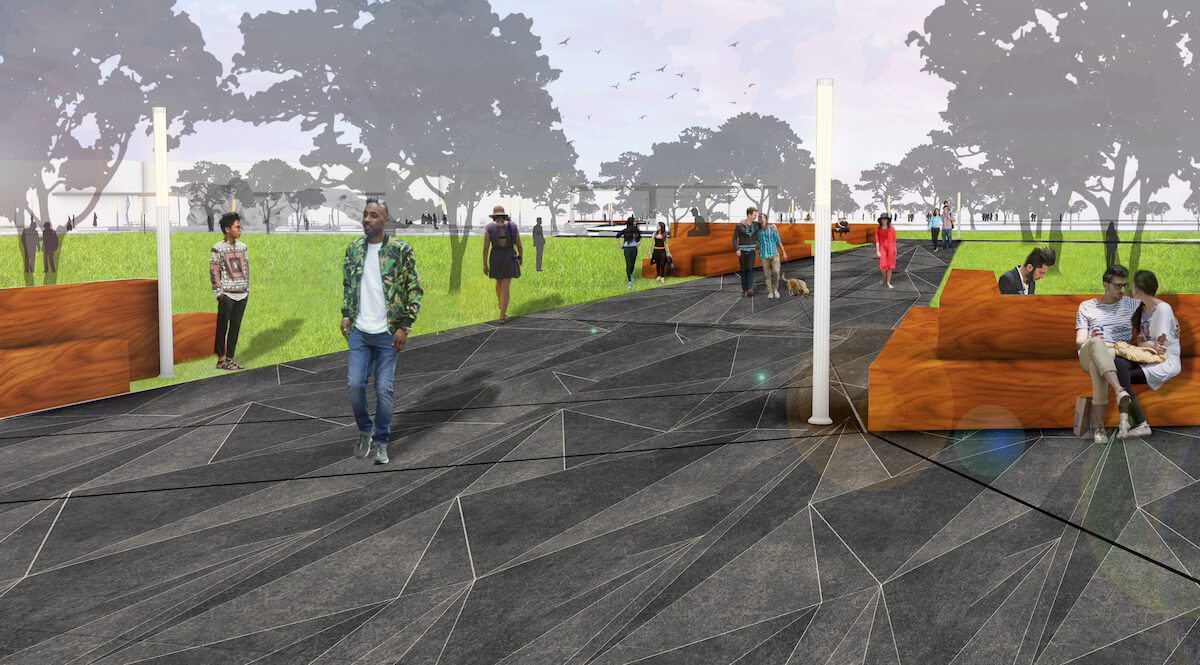
Emma Ave. Connector + JTL Courtyard
The spaces around the Center for Non-Profit and the Harvey Jones Education Building have been refined to enhance the overall tenant experience and introduce innovative sustainable storm water techniques onto the Campus. A key concern of existing tenants was the lack of pedestrian connectivity between buildings which resulted in the proposed vision to narrow the drive between the buildings to create a more comfortable and safer pedestrian environment. There are smaller garden areas added around these buildings to provide peaceful getaway moments along with a rain garden feature to collect stormwater. The other important piece of this section is the JTL Courtyard that is a mix of hardscape and planted area to help soften the courtyard. This area provides flexible programming opportunity for events and pop-ups. The proposal for the existing Tire Building in this courtyard includes adding garage-like doors that can open up, creating an open-air type structure white also creating additional shade around the edge of the building.
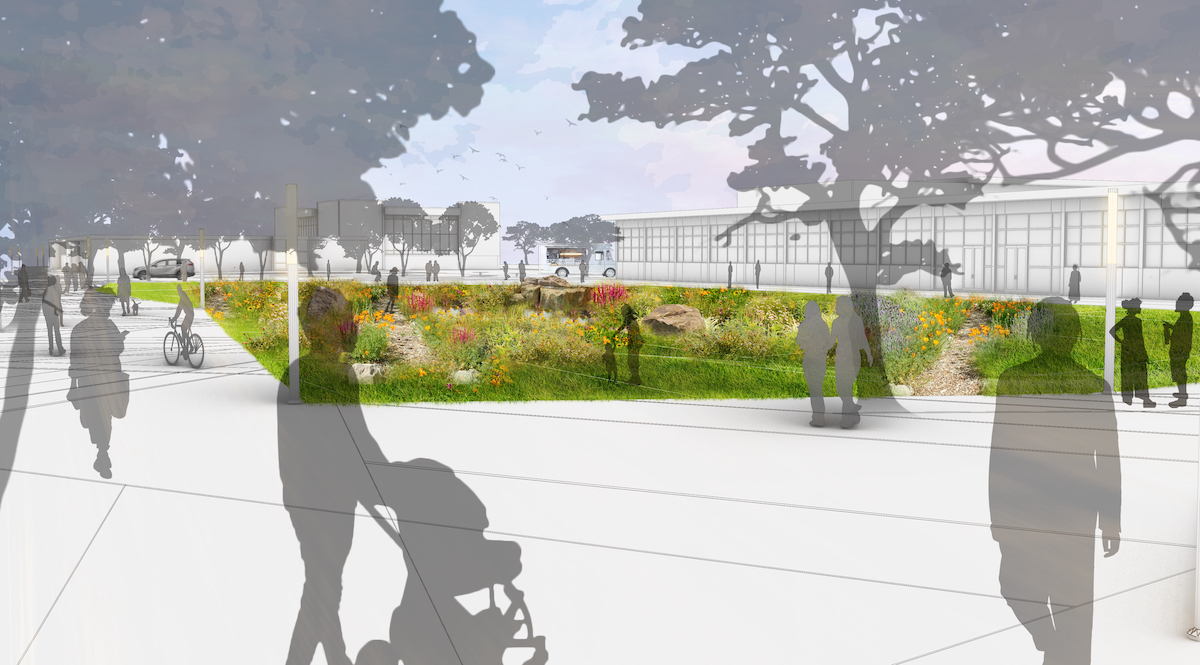
The Community Common
The Community Common is organized by a large central lawn for flexible programming. The main lawn is lined with bleacher seating for smaller group gatherings and smaller areas for reflection and contemplation. Along the south edge of the central lawn is an area of sports courts including basketball, tennis, pickleball, and volleyball, with a communal table set within a formal grove of trees to create a shaded respite for family and friends to gather and watch. North of the central lawn is a linear pathway that connects The Jones Center to the large park pavilion with a restroom. Along this walk are a series of wildflower meadows, providing a vivid pop of color, and a series of informal seating areas for pause and reflection, and a larger picnic nook to the north of the path that includes seating and BBQs for community gatherings. Along the western edge of the Community Common is the market place. The market place is lined with trees for shade and has plenty of central open space for markets, performance, and events. The parking in this area has been reorientated to provide easy access for events or food trucks for the western half of campus.
OZ Play Area
The inspiration for this play area came from the beautiful natural landscape of Northwest Arkansas and the unique geologic arch formations found in the Ozark forests. This play feature is designed to go up and over the pathway to mimic the natural arches found in the region. Along with the main play structure are nature play elements and bleacher seating for easy viewing of the play area. To the east of the play structure is an additional shade shelter the comes off The Jones Center building creating an outdoor food court area to capitalize on the existing food services found within The Jones Center.

Fitness Pad
The design intent for this area is to extrovert the indoor recreational activities of the Jones Center to the outside. The Fitness Pad includes many workout opportunities such as circulation loops, a sand pit, a workout mound, bleacher seating, open flex lawn, and a workout patio. Included in the design is an extensive renovation to the existing Wash Plant to create a new indoor/outdoor building that can house fitness classes, Camp War Eagle groups, and a variety of community uses. The proposed renovation includes the removal of exterior walls to create an open-air pavilion spanning the Meto Spine along the building’s north side.
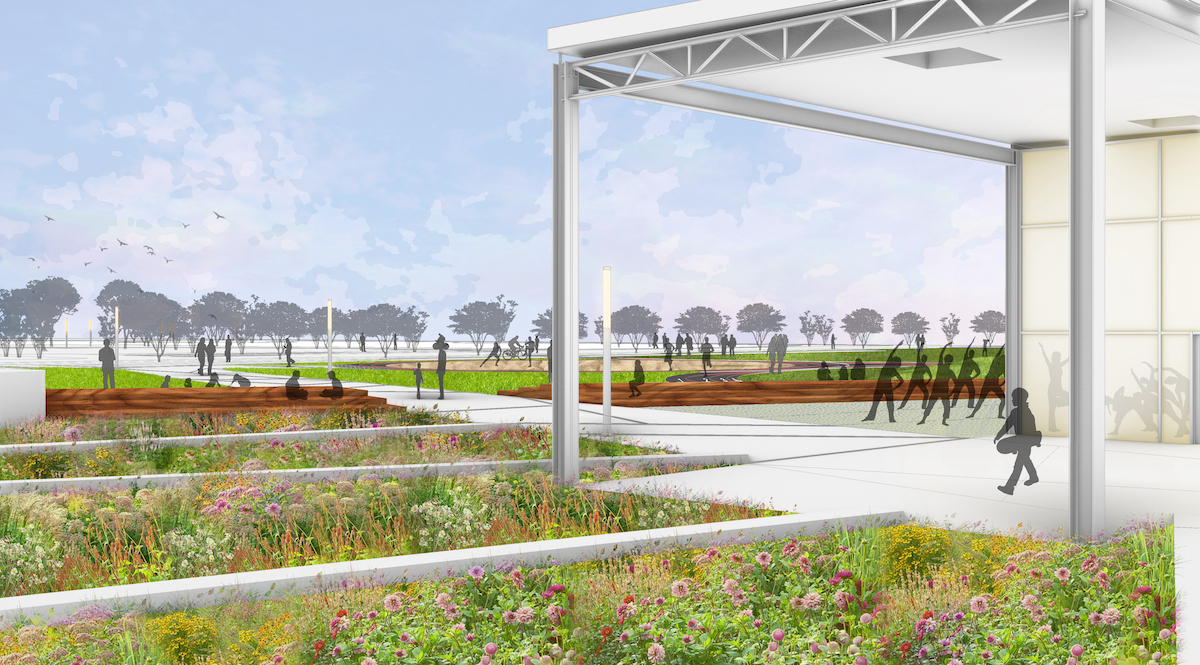
OZ Gardens + Expanded Action Sports
The eastern half of campus is focused on the expansion of the action sports offerings and introducing native landscapes eco-types to campus. The existing bike park will be expanded to include some soft-surface trails while multiple community pavilions, bike storage, and public restrooms will be added. There is a smaller parking lot to the north to provide easy access for users of this area, along with a drop-off drive off Emma Ave with parallel parking. This area of Campus incorporates the organic forms of flower petals and the flowing movements of dance in the pathway and the planting strategy. The landscape strategy is the inclusion of a native prairie plant palette that envelopes the action sports.
Additionally, there is the southern half of the Woven Links gardens near the entry to the Jones Center. This area takes inspiration from the cultural tradition of weaving and fabric arts and applies it to design form in the ground plain and planting layout. The gardens are a mix of Klingstone, pav- ing, planting, limestone seating, and a small bubbler water feature. All these elements create a quite and calm space for passive activity.

Woven Links + Patchwork Parking + JTL Plaza
The Woven Links gardens are highly-designed and planted passive spaces that create a unique arrival experience for The Jones Center and extend the weaving patterns to the north of the Jones Center entry. This area is a bit larger than the southern portion and has room for additional uses like an outdoor classroom and larger gatherings. Just off the front of The Jones Center is the main entry experience that includes a main water feature surrounded by gardens in the same linear weaving form as the Woven Links. The major change to the eastern half of the Campus is the reorientation parking that unifies all the parking in one area and is closer to the building. The parking lot includes large planted areas performing important storm water capture and treatment. To the east of the parking lot is a proposed dog park that is wrapped in native landscapes to help shield the dog park from the busy streets. The final piece of the east campus is the expanded perimeter walk area that includes a soft trail next to the sidewalk. This helps in creating a place for bikes and connecting the Jones Campus to Fitzgerald Mountain and its extensive network of trails.
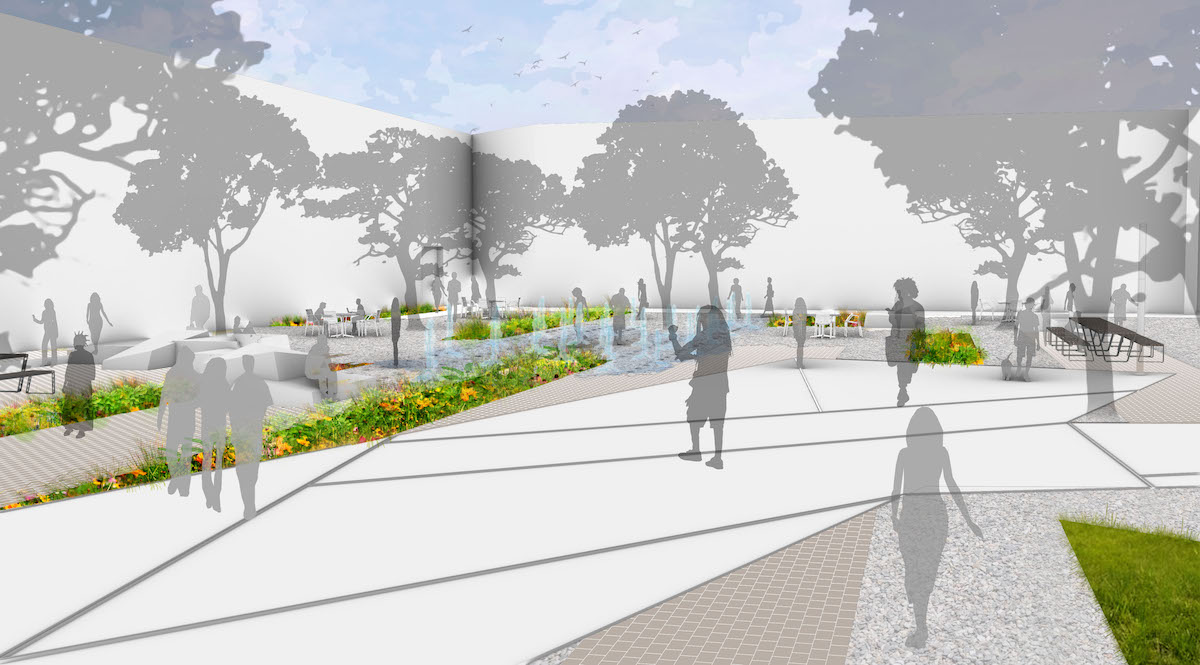
Thank You For Sharing Your Vision for the Future!
We appreciate the growing list of individuals, Jones Center affiliates, businesses, local leaders and partnering agencies that have met with the CIVITAS team to share their ideas. If you want to talk with Scott Jordan, project lead from CIVITAS, please feel free to contact us to set an appointment.
About Civitas
Civitas is a creative collaborative of 20 professionals led by landscape architects, architects and urban designers. Civitas is a recognized leader in landscape architecture and urban design, with master planning and built works in public spaces from coast to coast. Over the past 36 years, we have been committed to improving the quality of the environment, the quality of life, and the health and equity of the communities where we work. Civitas connects with communities, elected officials and civic leaders in ways that are unique and effective. We engage to seek out the fundamental issues and barriers to change, and develop visions and design that spring directly from the nature of the place and the character of the people. Our design of beautiful plazas, parks, waterfronts, campuses and neighborhoods become memorable and lasting by adding to the quality of life, health and values that truly make a city and community sustainable.
